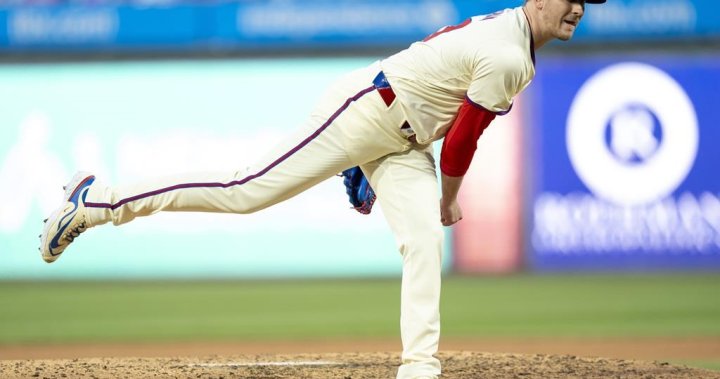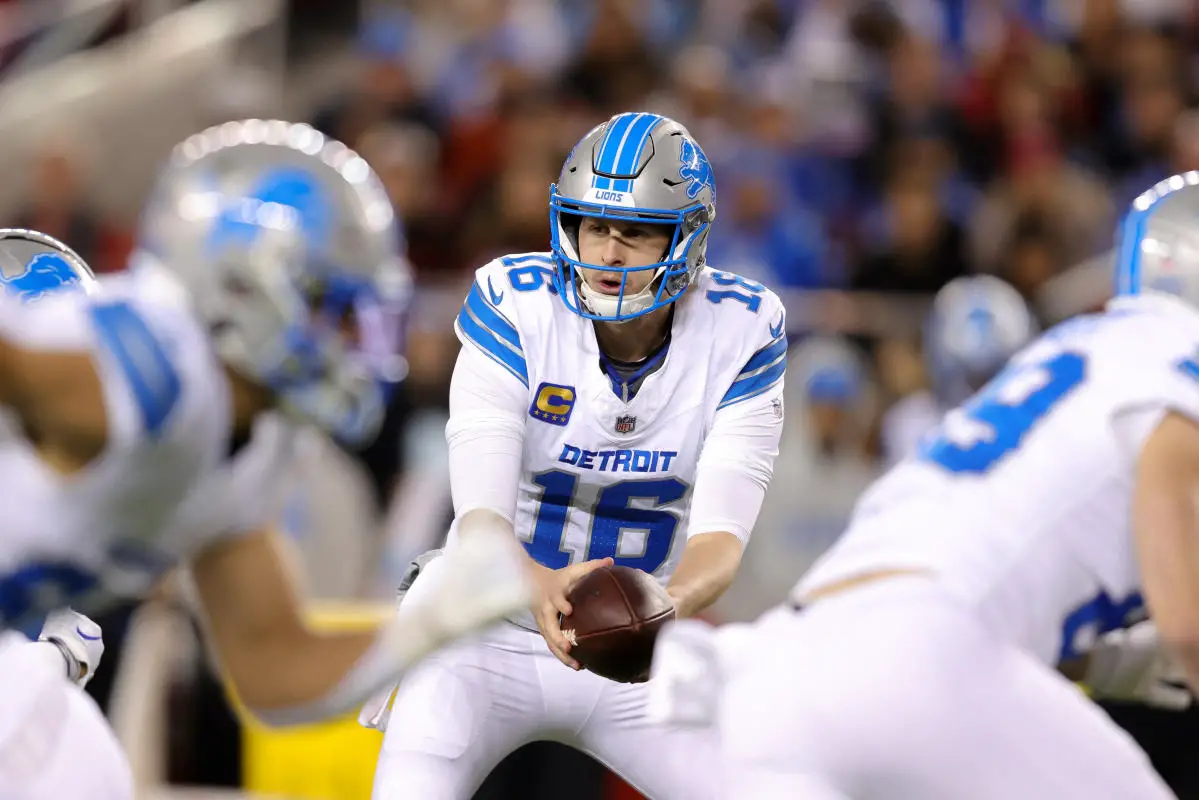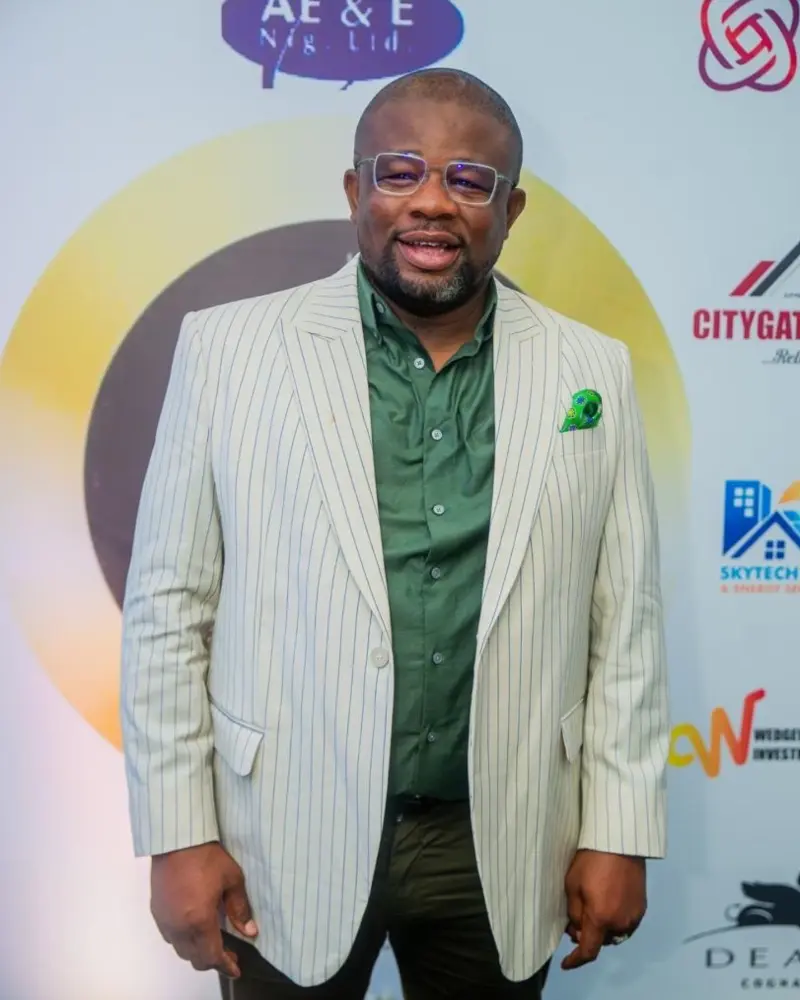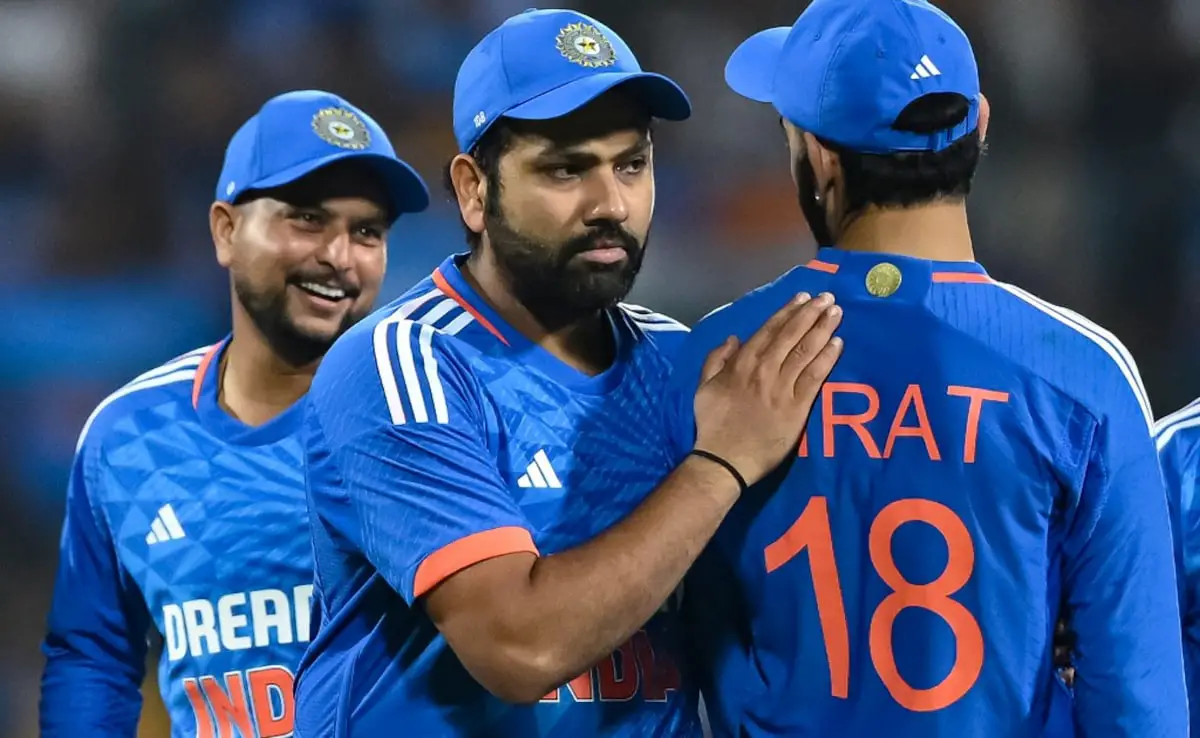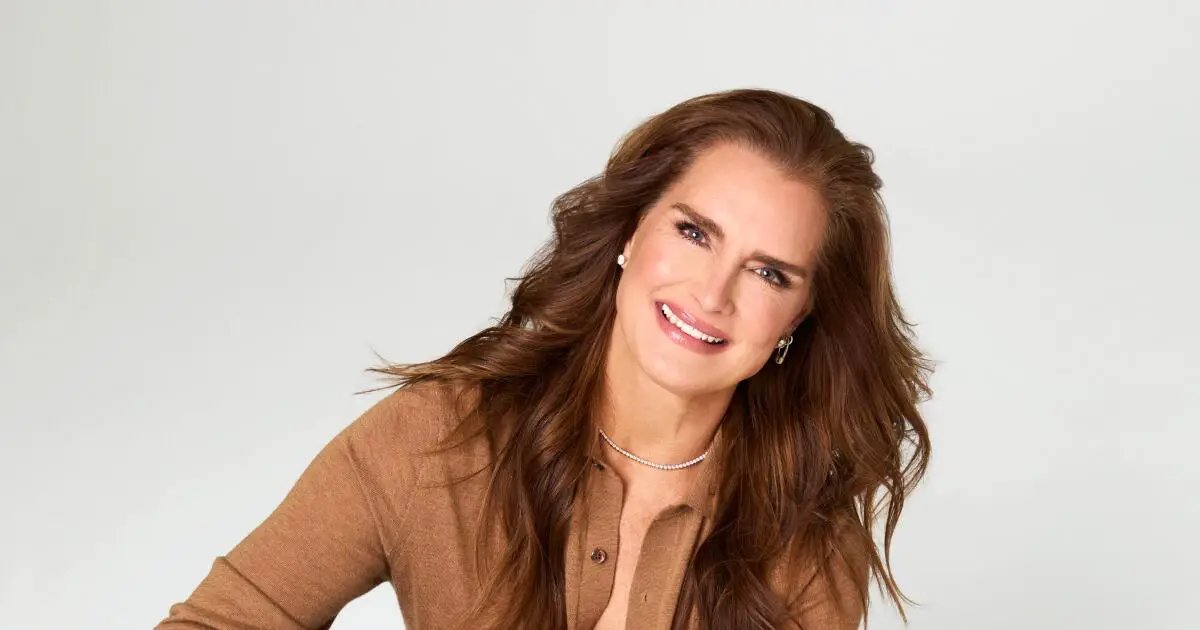There were 12 boucle-tweed suits, in colours from pistachio to raspberry. There were endless swishy blond ponytails tied with black silk bows, and a clatter of satin Mary James shoes with pearled heels. There were Hollywood faces – Keira Knightley and Michelle Williams – in the front row of the Palais Garnier opera house in Paris, countless quilted-flap 2.55 handbags in the front row and a finale bridal gown with a sweeping ivory silk train.
But one crucial thing was missing from this season’s Chanel haute couture show: a designer to take a bow. Since the sudden exit this month of the designer Virginie Viard, who had led Chanel since the death of Karl Lagerfeld five years ago, this mighty luxury brand, worth an estimated £15.5bn ($19.7bn), is headless. The vacancy for fashion’s top job is the talk of Paris fashion week.
This collection, authored by the studio team, showed no immediate danger signs of drift. Haute couture, where dresses cost about £100,000, is an expensive marketing exercise for some brands, but at Chanel it is a healthy business with a strong client base.
Timeless Chanel codes – the gleam of flecked metallic tweed, neat silhouettes, a sophisticated colour palette, an air of well-bred girlishness – are adeptly translated by a 150-strong atelier team through the lens of current client tastes. (For example: many contemporary clients with haute couture budgets are drawn from cultures of modest dressing, so Chanel couture features many more grand capes and sweeping hemlines than minidresses.)
The couture customer is always right, so the absence of a creative point of view is less immediately apparent. Owned by the Wertheimer family, who have a personal fortune estimated by Forbes at £29.5bn, Chanel can afford to take its time to make an appointment.
But fashion moves fast, and momentum is hard to recover once lost. At a moment of churn in the fashion industry – the exuberant Gucci alumna Alessandro Michele is preparing his first catwalk show for Valentino, while Givenchy is also without a designer – a new creative director would keep the Chanel point of view relevant in the fashion conversation.
An outside appointment would be the first creative change of direction for Chanel not just since 2019, but since 1983, when Lagerfeld arrived at the brand. Viard, appointed from a longstanding role as Lagerfeld’s closest collaborator, was a continuity appointment who as creative director operated as if she was still No 2, shunning the limelight.
Hedi Slimane, a cult figure in the industry who shares Lagerfeld’s ability to make fashion that feels like news, has been widely linked with the role, although he is still very much in situ across Paris at the house of Celine. Lagerfeld himself was so enamoured of Slimane’s style that in 2001 he lost 92lbs (42kg) to fit into the slim-fit men’s tailoring Slimane had introduced while at Dior Homme.
after newsletter promotion
If Viard were to be replaced by a man, on the heels of Sean McGirr replacing Sarah Burton at Alexander McQueen, this would stoke discontent about the absence of women in top roles in fashion.
The name Phoebe Philo – perhaps the only contemporary designer who can size up to Coco Chanel herself in her instinct for modern dressing, her self-belief and her talismanic status among fans of fashion – has been whispered in the front row, though Philo would be unlikely to be tempted from her newly created eponymous label.

